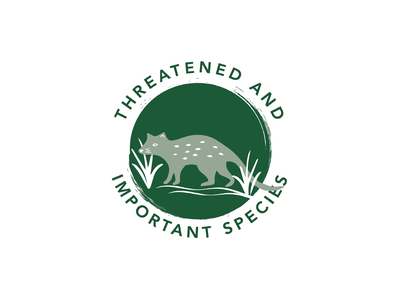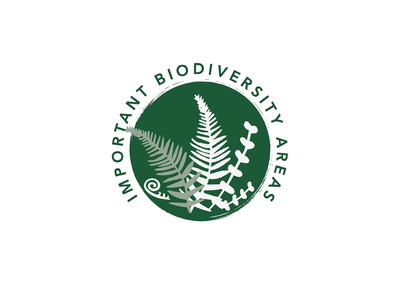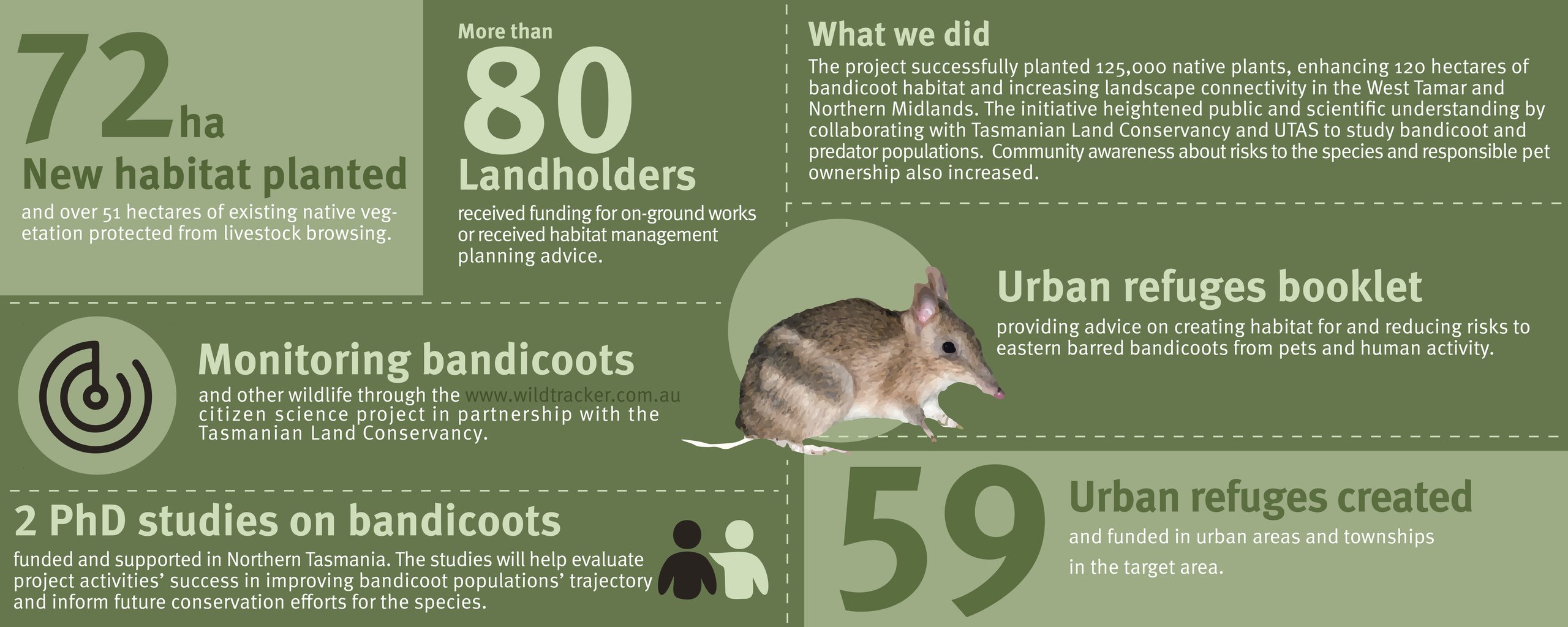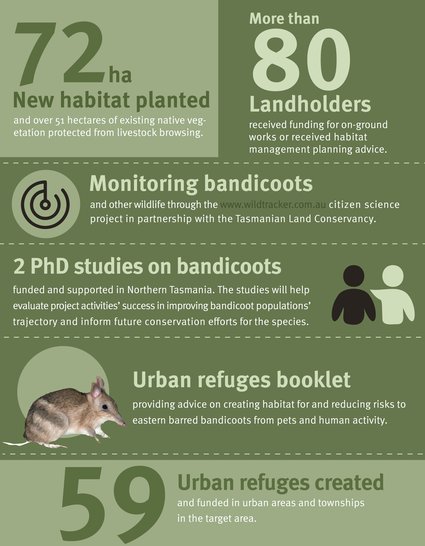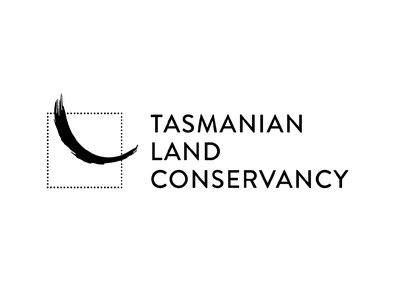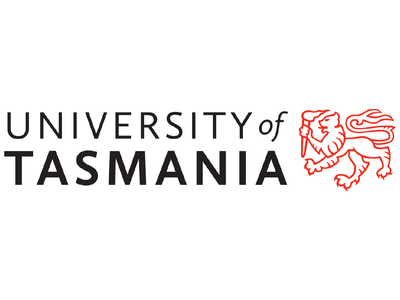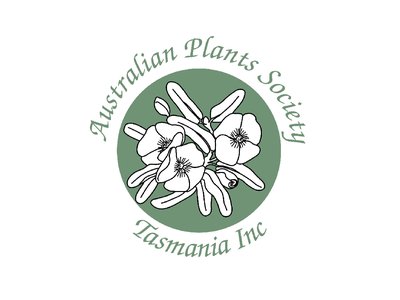Eastern Barred Bandicoot Project
The Eastern Barred Bandicoot Project aimed to increase community awareness of eastern barred bandicoot (Perameles gunnii) and other threatened mammals, including threats to the species and ways to mitigate those threats. The project also aimed to improve the condition and connectivity of remaining eastern barred bandicoot habitat by creating potential new habitat on private land through investment in on-ground works, primarily through revegetation and livestock exclusion fencing. The project concluded in June 2023.
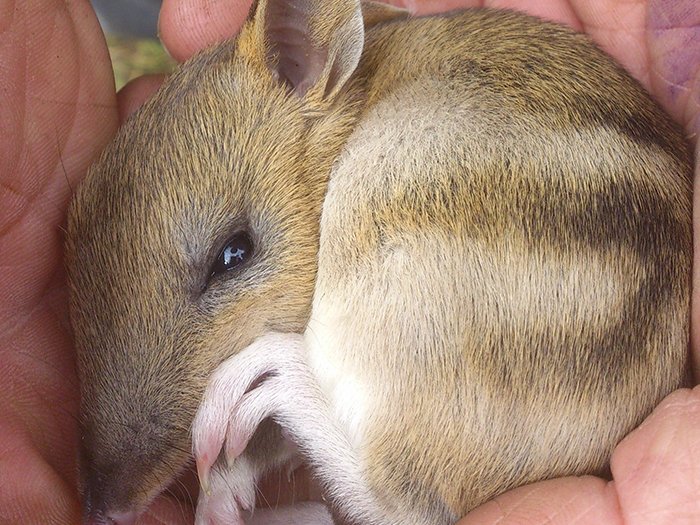
Background
Background
The eastern barred bandicoot is a small mammal which occurs only in south-eastern Australia. According to the Australian Government's Recovery Plan for Eastern Barred Bandicoot (mainland), the Tasmanian and mainland populations are recognised as distinct subspecies. Eastern barred bandicoots are relatively widespread in Tasmania, but numbers are declining due to threats from habitat loss, predation by cats and dogs, and disease transmission by cats. The Tasmanian subspecies is currently listed under the EPBC Act as vulnerable. Its distribution often overlaps with Eucalyptus ovata - Callitris oblonga forest (Black gum), and areas of Tasmanian lowland native grasslands - both threatened ecological communities under the EPBC Act.
The preferred native habitat for this species is grassy woodlands and native grasslands with good cover such as tussocks and low shrubs so they can hide from predators. Unfortunately, much of this habitat has already been cleared for agricultural and residential development. Through wildlife monitoring activities, key population areas were identified to focus revegetation efforts where they are likely to achieve maximum benefit for the species. The project concluded in June 2023.
"We’ve been increasing the number and area of native plants in our garden since the project began – relocating self-seeding native species popping up on the property, purchasing additional plants, and collecting seed and propagating plants in our small greenhouse.”
"We’ve been increasing the number and area of native plants in our garden since the project began – relocating self-seeding native species popping up on the property, purchasing additional plants, and collecting seed and propagating plants in our small greenhouse.”
Denise
Denise
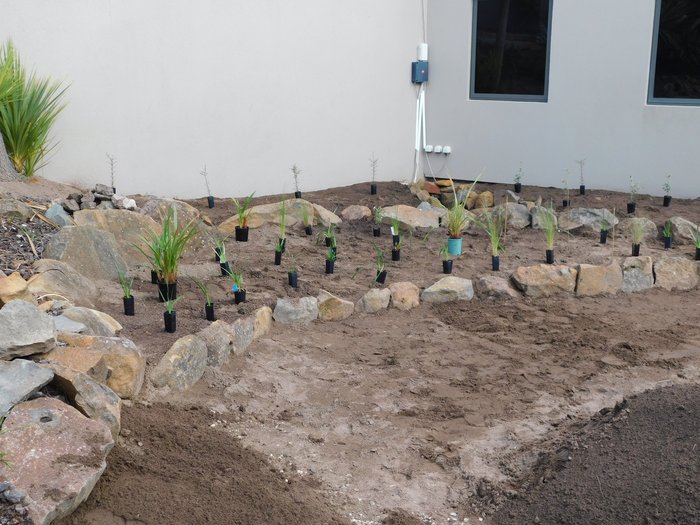
Preparation and planning are key to planting new gardens.
Achievements
- - - - - - - - - - - - - - - - - - -
Urban Bandicoot Garden - Case Study 1
Urban Bandicoot Garden - Case Study 1
With demonstration gardens planted at local community gardens and schools in 2021, private gardens are also now part of the project. Almost 60 ‘Urban Refuges’ have been planted in the West Tamar and Northern Midlands regions, bringing multiple benefits including native species habitat and inspiring action in the community.
Denise and Beth used NRM North’s Urban Refuges publication to design their new garden at Legana in 2022, with 200 plants received from NRM North through an incentive scheme. They have since been enjoying regular visits from eastern barred bandicoots, potoroos and even a few Tasmanian devils, and have captured images of the visiting wildlife via a Wildtracker camera in their garden. Their greenhouse is now full with seedling trays of native plants they have grown from collected seed, and the native garden areas are expanding even further.
Denise and Beth have also joined forces with their neighbours to be part of the ‘Land for Wildlife’ scheme with the Tasmanian Land Conservancy, to further promote the importance of habitat for native wildlife, and encourage others to get involved.
Their message for other urban gardeners thinking about planting a native garden? “Do it! We had wanted to do something for a while and the project was a great motivator for us to actually get started and going – and now we haven’t stopped!”, says Denise.
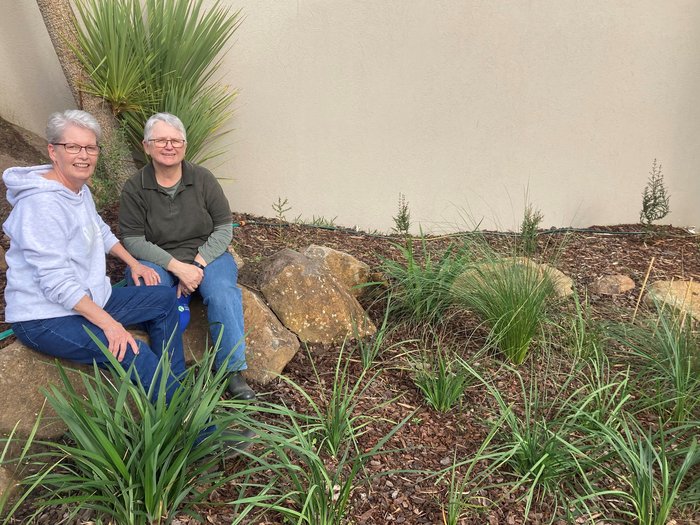
Denise and Beth enjoy examining the results of their labour in November 2022
“We’ve been expanding the garden further, with hundreds of plants and are planning even more after seeing the benefit it can have.”
“We’ve been expanding the garden further, with hundreds of plants and are planning even more after seeing the benefit it can have.”
Denise and Beth
Denise and Beth
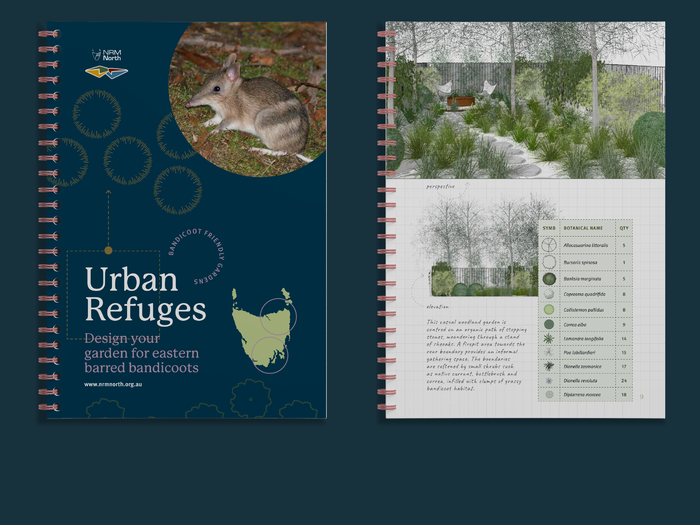
Urban Refuges - Design your garden for eastern barred bandicoots booklet
Urban Refuges - Design your garden for eastern barred bandicoots booklet
Five unique, specialised and beautiful garden designs have been created to inspire backyard gardeners and professional landscapers to create habitat for eastern barred bandicoots. Choose a design to suit your space, from formal to informal garden styles. Together, we can establish a network of refuges for bandicoots and other native animals and birds to live and thrive.

Bridget Archer MP launched the Urban Refuges booklet at the newly-planted Windsor Park Urban Refuge in 2021.
West Tamar Council Urban Refuge - Case Study 2
West Tamar Council Urban Refuge - Case Study 2
West Tamar Council have been an important partner in the project since its early stages, with the Parks and Reserves team offering resources and support for demonstration Urban Refuges on Council land at Windsor Park and at the Exeter Community hub.
The Council communications team have also contributed by assisting with engagement of local landholders and promoting project messaging through the Beacon community newsletter and council’s social media channels.
The Windsor Park Urban Refuge was also chosen as the venue for the official launch of the Urban Refuges bandicoot friendly garden booklet produced by NRM North.
For 16 years, West Tamar Council employee Tony Roberts has planned, developed and managed the 10-hectare native plant gardens at the Windsor Park Precinct, turning what was once degraded farmland into a beautiful and functional natural landscape with over 200 species of indigenous and endemic native Tasmanian plants.
When the opportunity to become involved in the project presented, Tony eagerly accepted and positioned the demonstration garden in a high-profile location near the entrance to the complex.
Tony is now an enthusiastic supporter of the project, advocating for cameras to be placed in the precinct to capture wildlife images and expanding the garden areas.
“There has been an increased interest from members of the public about the native gardens planted, and community interest in supporting bandicoot habitat and the signage we’ve installed has been great in raising awareness and sharing information.”
“There has been an increased interest from members of the public about the native gardens planted, and community interest in supporting bandicoot habitat and the signage we’ve installed has been great in raising awareness and sharing information.”
Tony Roberts
Tony Roberts
Get involved
There are still plenty of ways that you can help to protect and enhance eastern barred bandicoot populations in Tasmania!
How can you help
How can you help
- Keep domestic dogs and cats contained, especially at night, and encourage your neighbours to do the same.
- Not feeding stray cats.
- Participate in habitat restoration projects or include suitable native habitat species in your own garden.
- Control dense weeds in stages, rather than removing everything at once, and replace them with native species that provide comparable bandicoot refuge.
- Don’t remove all undergrowth in your yard or block – leave some vegetation for wildlife to hide in.
The UTAS studies and WildTracker monitoring projects are ongoing and will continue to gather important data. The work of the West Tamar Landcare Group and the Black Gum Conservation Group will help build on what the NRM North project achieved.

Resources
Resources
Partners
This project was supported by NRM North, through funding from the Australian Government’s National Landcare Program.
Partners
This project was supported by NRM North, through funding from the Australian Government’s National Landcare Program.
